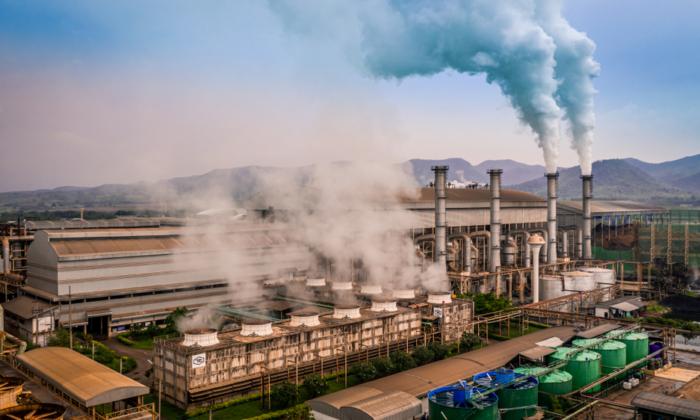There’s no chance that the Biden administration could push through a ban on gasoline engines or diesel engines or natural gas-fired power plants. Such proposals would be dead on arrival in Congress. But in our hyper-bureaucracy, there are other, stealthy options available, and the administration seems poised to use them.
As always, the EPA boasts that the new standard would cost almost nothing to implement and would result in huge public health and economic benefits. The reality, if a new standard is adopted, will be somewhat different and more chilling.
Anytime there’s a reduction in a NAAQS, the feds and the states must develop new regulations to reduce emissions of the target pollutant. It’s seemingly the only way to improve air quality. So if the PM 2.5 standard is reduced, where will the EPA look for reductions? Here are some of the sectors that the agency says it will target: power plants, oil and natural gas, cars, trucks, school buses, and port operations. An electric car mandate that would never pass as a piece of legislation can easily be slipped into a regulatory package on the grounds that it will reduce PM 2.5 emissions by X percent.
As environmental groups increasingly target natural gas used to generate power, this rule-making would provide a heaven-sent opportunity to create emission standards so stringent that it would put many gas-fired power plants out of business. This approach was spectacularly effective, at least from environmental groups’ perspectives, in shutting down scores of coal-fired power plants. No one passed rules or legislation that shut down coal plants; instead, the EPA passed emission standards so strict they had exactly that effect.
A change in the standard might be defensible if the health and economic benefits were as robust as advertised, just as going after industry and mobile sources to achieve reductions would be a reasonable path forward if these sectors contribute significant amounts of PM 2.5 to our air shed. Sadly neither is the case.
In recent years, the EPA has fallen into a predictable rut when justifying new standards. Their story is that some premature deaths would be avoided and some potentially lost work days would be recovered. They then assign values to those lives and those work days. The benefits calculated using this dubious math are invariably huge. In this case, the agency says the economic benefit will be between $8 billion and $43 billion annually.
Of course, the agency can’t prove that those kinds of savings actually occur, and for some reason, no one in Congress feels obligated to audit these claims even though the EPA has been making them for decades. If all were true, we should have paid off our national debt years ago. As it is, few bother to dispute the numerical magic, especially when an administration claims to have a monopoly on science as this one does.
More disturbing is the agency’s focus on mobile and industrial sources. According to the EPA’s latest national emissions inventory, total PM 2.5 emissions in 2020 were 5.5 million tons. All mobile sources account for 3.2 percent of this total. All industrial sources account for 4.9 percent. There was a time when mobile and industrial sources had a much more marked effect on national PM 2.5 emission rates. That was a long time ago. Now, these two sectors are minor players, and targeting them is likely to increase economic misery while having no practical effect on air quality.
Five sectors account for almost 80 percent of PM 2.5 emissions in the United States: wildfires, prescribed fires, unpaved roads, agriculture, and residential wood burning. Indeed, burning wood in a residential setting accounts for nearly double the emissions of all of industry. So why doesn’t the agency go after fireplaces and bonfires? Because they know it would annoy an inordinate number of people who would begin to question the EPA’s judgment. There’s very little risk in targeting industry, even if the returns are increasingly meager.
One would hope that some elected officials would call on the EPA to explain inconsistencies and wild claims such as those described above. Unfortunately, based on past performance, this seems unlikely to occur.





